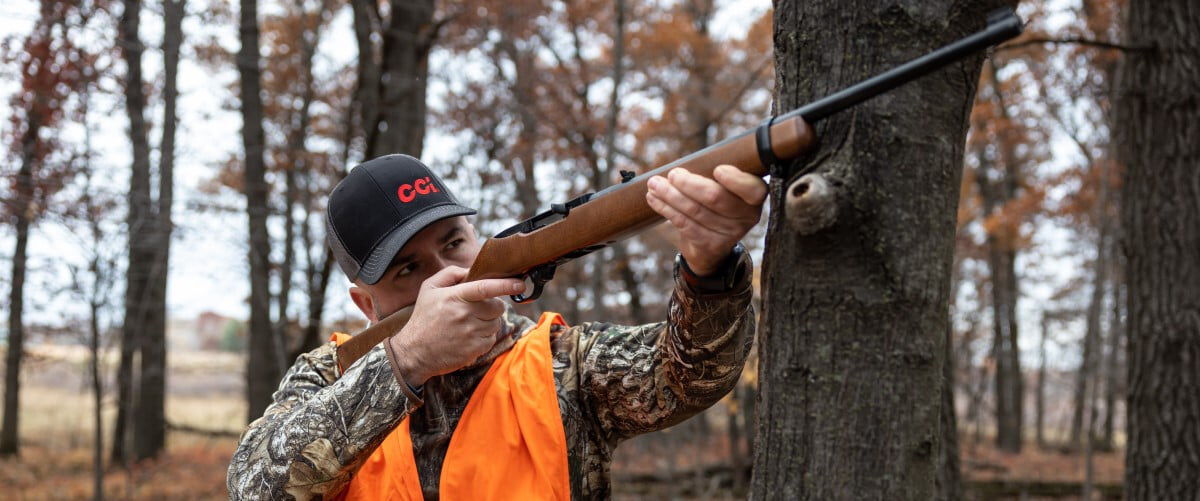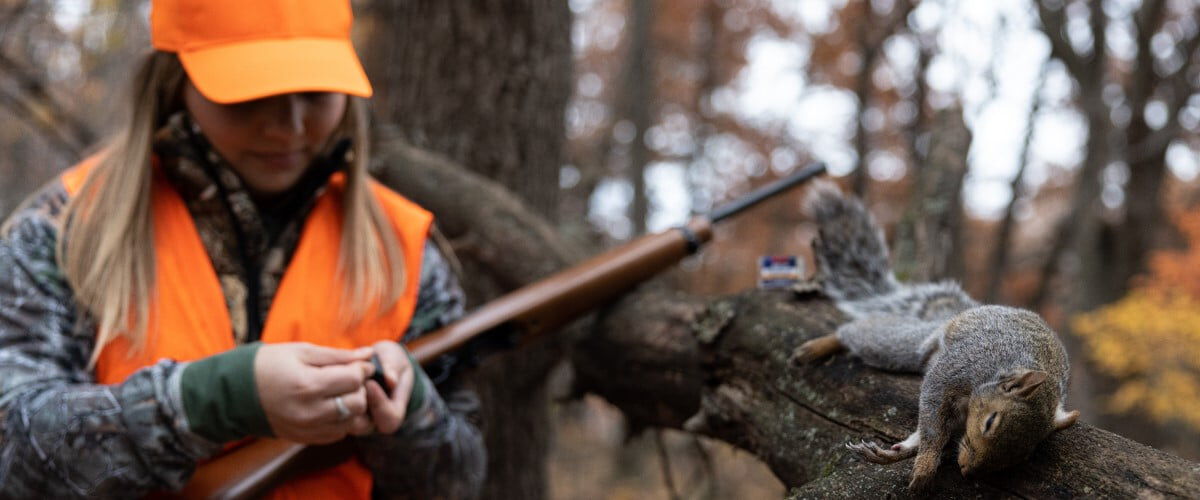
I’m fortunate to live near several public land hunting areas in southern Ohio, and while these spots can be very busy on the opening day of deer and dove season, they remain untouched for most of the year. That’s due in part to the fact that so many hunters have limited time and concentrate on a single species, primarily whitetail deer. For the casual squirrel, rabbit and upland hunter, that leaves thousands of acres available for use most of the time.
As with whitetails or other game, the best areas hold the highest concentrations of wildlife. But how do you identify these to make the most of your hunting experience?
Public Land 101
Public land is just that—a shared resource. You’ll have to contend with the presence of other hunters, and step one is learning to avoid interfering with others or having them interrupt your hunt.
In truth, I spend more time scouting the activity of other hunters on public land than I do scouting for game. I know that if I’m able to avoid other hunters, I automatically increase my odds of success. Rule one is to concentrate your efforts in areas that are well off the beaten path. If you spend much time looking for sign of other hunters in an area, you’ll quickly notice that at least half of the human sign is within a quarter-mile of a parking area. The most unforgettable sign of some hunters’ unwillingness to exert much effort came when I found a ladder stand hung on a tree that bordered the parking lot of a hunting area. It’s an extreme example, but the point remains: Going deeper lets you to access land others have overlooked.
Sub-Sonic HP 22 LR
Clocking in at sub-sonic velocities, this load creates less noise, yet its bullet expands reliably for quick kills on a variety of small game.
Buy Now
But what if your mobility is limited? What if you can’t walk very far? I’ve hunted with those who, despite ample ambition and a willingness to work hard, simply couldn’t get far from a vehicle. This requires a change in tactics, and it specifically requires you to see habitat through the eyes of game, not hunters. Most public land hunters want to find areas that are wide open and offer a broad view of the surroundings. Game, by contrast, often uses less obvious sites while traveling. Look for cattail-choked marshes and swampy areas for rabbits and upland game and small, narrow patches of trees when hunting squirrels. These areas won’t have the same attraction to other hunters as more obvious hunting sorts, but that doesn’t mean they won’t draw in game.
Searching For Squirrels
Squirrels are busy in the fall foraging and storing a winter’s worth of food, so spend your time concentrating on mast crops when hunting public land. This is going to require at least some ability to identify tree species, which is much easier to do in the summer than winter because the leaves will remain intact. Forest species like gray squirrels in the eastern half of the country rely on oaks and hickories for much of their food. If you can identify stands of these trees deep on public land in the summer (especially if there are suitable den trees around) it’s a safe bet there will be squirrels there in the fall.

Fox squirrels favor areas of broken cover, specifically small patches of forests adjacent to open areas, and that’s important to keep in mind while hunting them. This means you’ll often encounter fox squirrels near crop fields. I can think of one corner of public land here in Ohio where old growth trees on public land border private crop fields. That’s my favorite fox squirrel hunting spot, and if I sit 30 or 40 yards off the fence line I routinely see fox squirrels traveling back and forth in the open.
I recommend using a mobile app to mark productive hunting locations on public land, whether it be onX, Garmin explore, or something else.
Rabbits & Upland Game
I’ll let you in on a secret—land managed for upland birds also holds a lot of rabbits. I hunt with beagles, and my first stop at most public areas are locations that have been planted with native grasses for birds. Rabbits tend to favor habitat edges, taking advantage of border cover like blackberries or multiflora rose that offer protection. And here’s another secret: upland birds also favor these habitat edges. The ecological term for the confluence of two habitat types is an ecotone, and if you find one, you’re much more likely to encounter game. Ecotones suitable for upland birds and cottontails include the junction of farm fields and thick brush, marshy areas and agricultural fields, and evergreen forests and prairie.
Ecotones are attractive to game because they allow quick access to both feeding and protective cover. The combinations of adjacent habitat comprising ecotones from one region to the next, but they are a feature that every hunter should readily identify whether you’re hunting large or small game on public or private land. For upland birds (specifically pheasants and quail) my favorite ecotone is prairie grassland adjacent to overgrown wetlands. These border areas seem to consistently hold birds, and they can prevent wasting time walking for miles in wide open and birdless terrain. For rabbits in the east you simply cannot beat a combination of low-growth redcedars and tall grasses like New York ironweed and goldenrod.